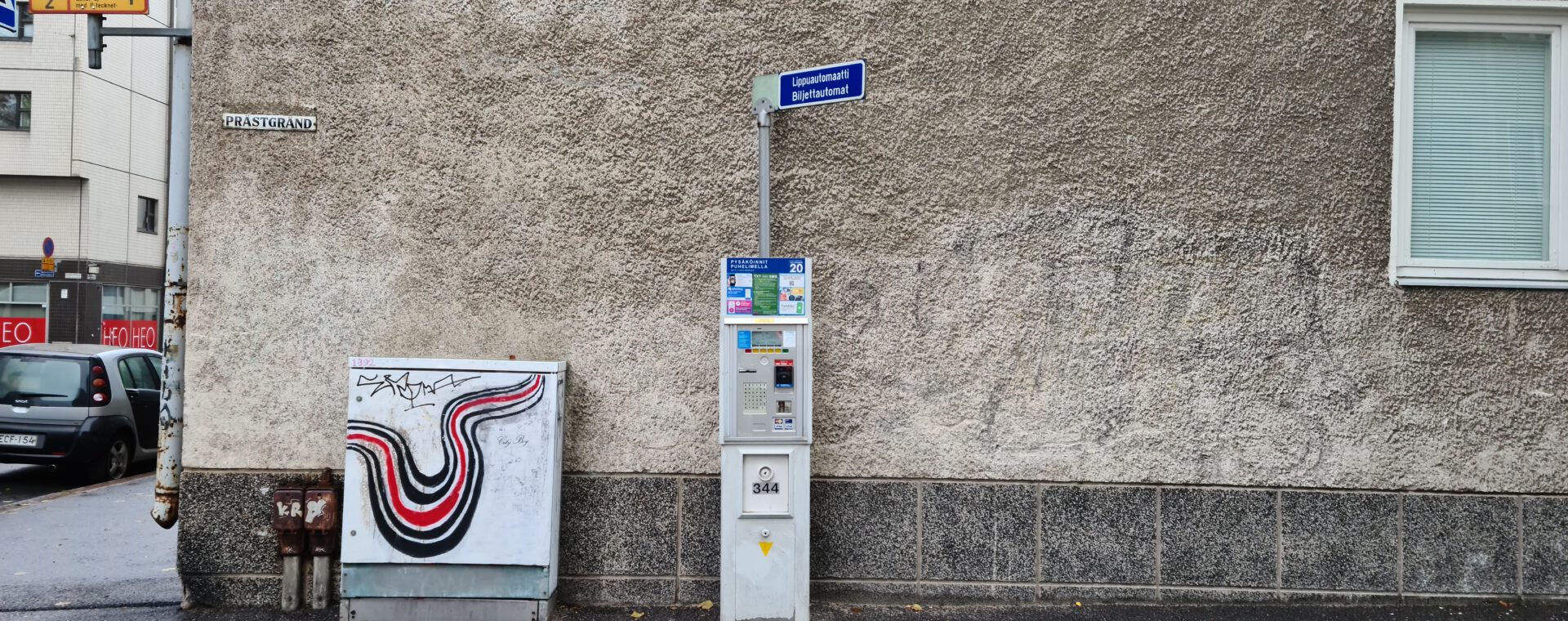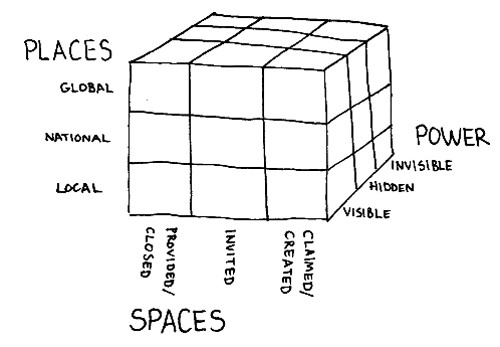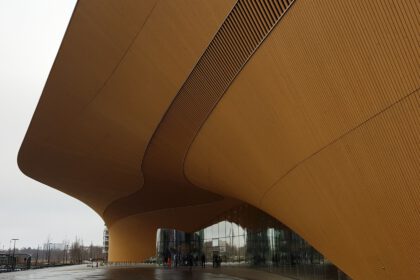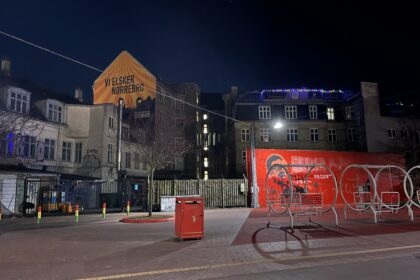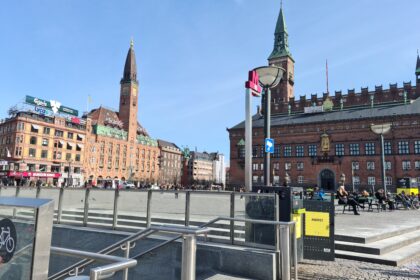Keywords: place, placemaking, empowerment
In this resource, you will find the story “Finding my place in this space” about Aino, and one related theme with questions, exercises and related materials:
You can jump to the theme by clicking the title of the theme you wish to work with.
Read or listen to the story before continuing with the themes:
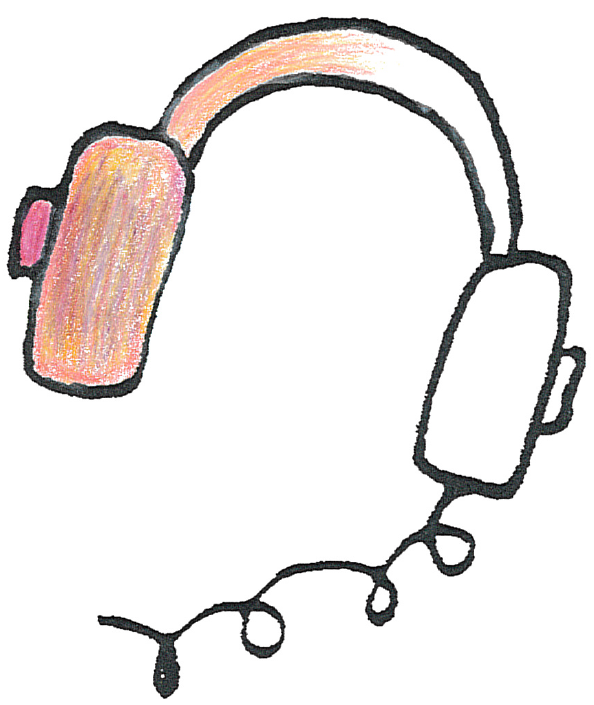
music by Coma-Media from Pixabay
THEME 1: Place, placemaking and empowerment as part of social work
In this theme we will explore the concepts of place, placemaking and empowerment in an increasingly urbanized Helsinki. We use the word ’place’ in so many ways in the English-speaking world in everyday speech that it seems important, again, to talk about place, placemaking and place-identity. According to Tim Cresswell it is both simple and complicated. We think of it as a location or a space but in social geography these have different meanings (2015). When the student moves into her new student housing space she may see marks left by the previous student’s posters or old coffee stains in a counter. He says these are “hauntings of past inhabitation. This anonymous space has a history – it meant something to other people.” (Cresswell, 2015) One of the first things the new student does is to place ‘her stuff’ around the space (the physical room in a building in Helsinki), as a way to make the housing “her place” (a place of connection and meaning for her). Now we are referring to the ‘Sense of Place’ which is the subjective and emotional attachment one has to a place.
In Aino’s story, the discussion is about how organisations such as Kalliola and the larger community support people to create a sense of ‘place’ and safety within their walls or boundaries. When we speak of the practice of placemaking we mean the things we do to improve the quality of a public space and the lives of the residents. It is a concept which means to create a place that promotes health, happiness and wellbeing by drawing on an individual’s or community’s assets, values and resources (Clark et al. 2008; Ellery et al., 2017). In social work, placemaking currently represents a visible resurgence of community- and empowerment-based thinking. Empowerment is not an easily translated term and can have different meanings in different cultural or professional contexts.
Empowerment “is the process by which individuals and groups gain power, access to resources and control over their own lives. In doing so, they gain the ability to achieve their highest personal and collective aspirations and goals”
(Robbins, Chatterjee, & Canda, in Luttrell, Quiroz, Scrutton & Bird, 2009).
But there is also the other side of the question: how is Aino able to create this for herself with so many shifting realities such as, her home in the suburbs, her medical contacts which are located in the Center of Helsinki, the short-term nature of the Neighborhood Producer’s project she is attending all of which are seen through the lens of her childhood and her interactions with the mental health system. How can we as social workers or social services professionals, using empowering working methods, support her in her journey to create her own ‘place’
Often the conception of Empowerment is flat and without nuance, a kind of ‘feel good’ desire to help others reach their goals, without any critical analysis of what actually needs to happen when one tries to practically facilitate empowerment with another. This lack of critical reflection makes our work even more challenging when you consider how concepts are translated and used as a result of their history and the meanings attached to them. In Finland, Ryynanen and Nivala (2017) explore how empowerment and emancipation relate to other. Empowerment is often translated into a Finnish term denoting strength or power. Social empowerment seeks to be more holistic and as something which supports wellbeing, agency and life-management skills on an individual level and prevents social polarization on the structural level. Increasingly, empowerment as a concept has been under intense scrutiny as it has been argued that it has been appropriated by right leaning governments as a way to reframe and push social and educational policies towards a more individual capacity perspective rather than a societal responsibility perspective.
In the Urban SOS project one of the main aims we have is to help practitioners to explore and develop a new way of analyzing and conceiving their work with individuals, families and communities taking into account the larger urban contexts, both physical and social. In 2003, Gaventa (2003; 2005) developed a framework for understanding how power operates across three continuums:
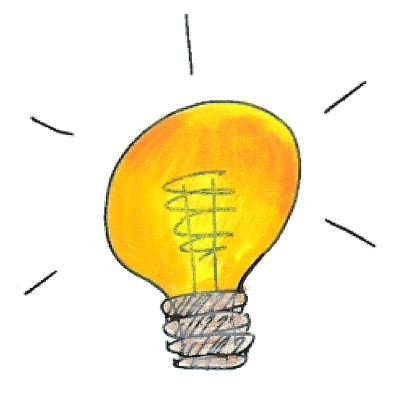
PLACES
The levels and places of engagement
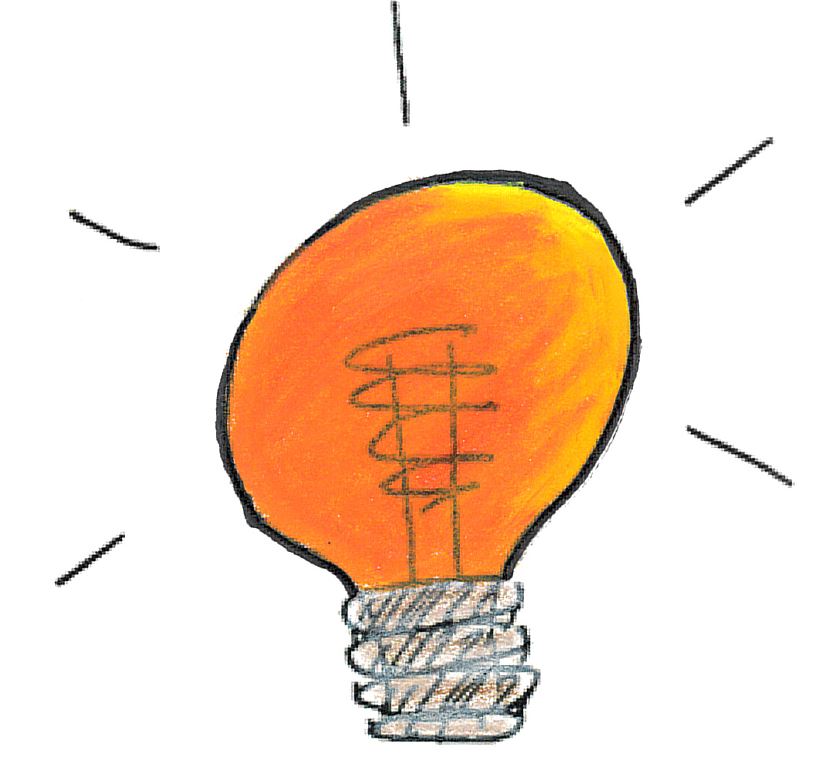
SPACES
The different arenas in which decision making takes place, in which power operates and how these spaces are created
- ‘Provided’ or ‘closed’ spaces: spaces which are controlled by an elite group.
- ‘Invited’ spaces: with external pressure, or in an attempt to increase legitimacy, some policymakers may create ‘invited’ spaces for outsiders to share their opinions.
- ‘Claimed’ spaces: these can provide the less powerful with a chance to develop their agendas and create solidarity without control from power-holders.
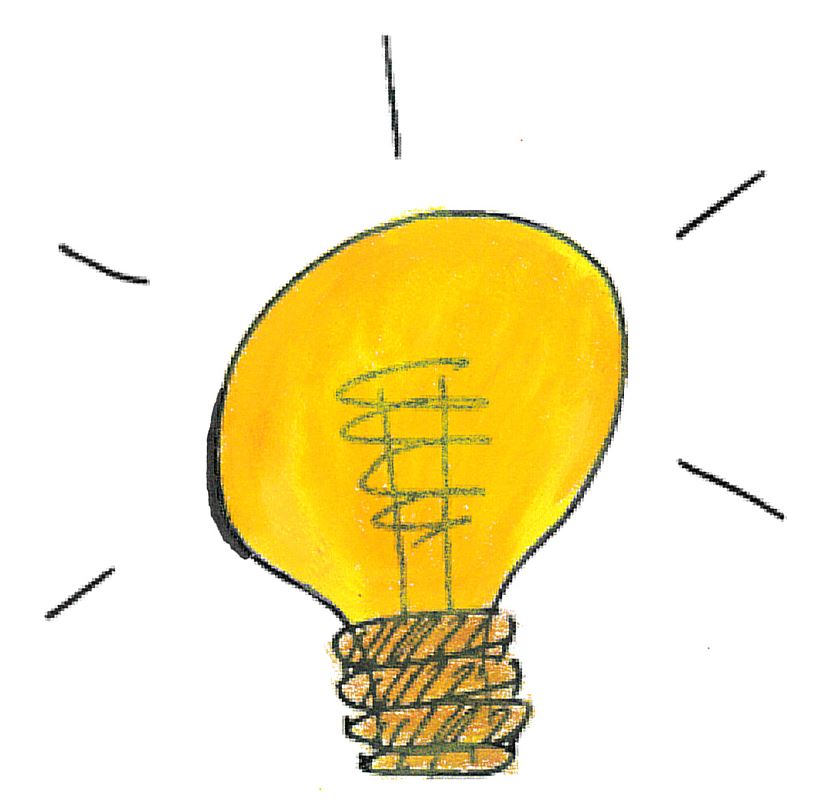
POWER
The degree of visibility of power
- Visible power: this is the conventional understanding of power that is negotiated through formal rules and structures, institutions and procedures
- Hidden power: this focuses on the actual controls over decision making, and the way certain powerful people and institutions maintain their influence over the process and often exclude and devalue concerns and agendas of less powerful groups.
- Invisible (internalised) power: this operates by influencing how individuals think of their place in society and explains why some are prevented from questioning existing power relations.
(Luttrell C., Quiroz S., Scrutton C. & Bird K. (2009))
Using the Power Cube and it’s 3 dimensions:
- See if you can map Aino’s opportunities and barriers for creating a sense of place.
- What are Aino’s strengths and assets? Where are these located on or connected to the powercube and how might she use them?
- How might you advocate for or with her on the macro or structural level? Do you see unofficial spaces, or ‘cracks’ where you could do this?
Extra material to “What is ‘a place’?”
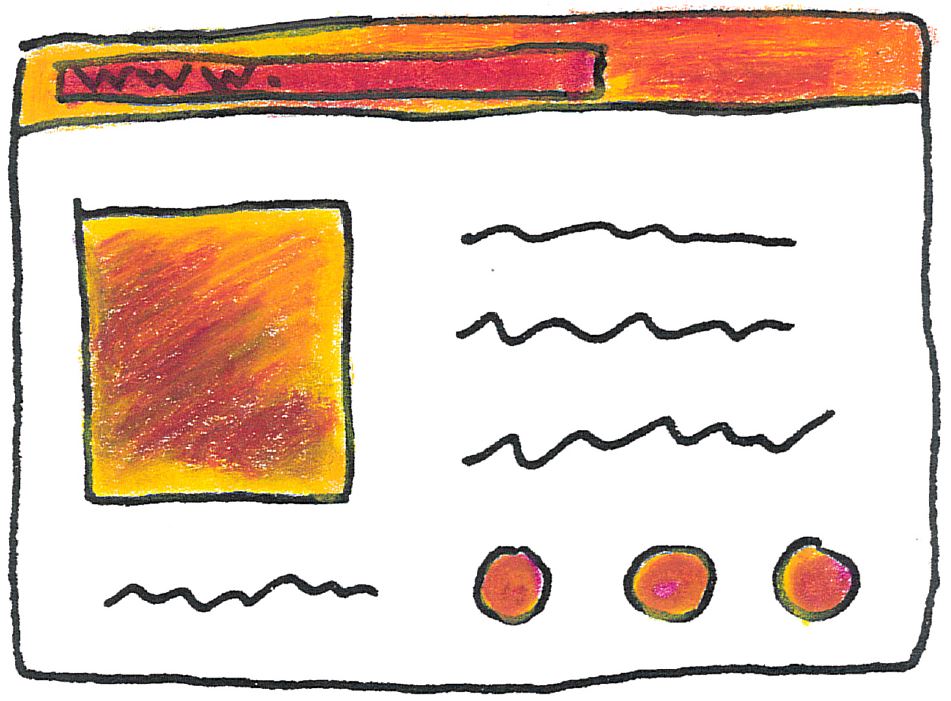
Tools to support placemaking
References
Clark, C., E. Kent, R. Kent, K. Lester, I. Madden, S. Meynell, C. Pan, and A. Raphael. 2008. “A Guide to Neighborhood Placemaking in Chicago.” Project for Public Spaces Inc, Metropolitan Planning Council. http://www.placemakingchicago.com/cmsfiles/placemaking_guide.pdf .
Cresswell, T (2015). Place: An Introduction 2nd ed. UK: Wiley Blackwell
Ellery J., Ellery P., MacKenzie A., & Friesen C. (2017). Placemaking: An Engaged Approach to Community Well-being. Journal of Family & Consumer Sciences. Vol 109, Num 2 https://doi.org/10.14307/JFCS109.2.7
Gaventa, J. (2003) ‘Towards Participatory Local Governance: Assessing the Transformative Possibilities’, Paper prepared for Conference on Participation: From Tyranny to Transformation, Manchester, 27-28 February.
Gaventa, J. (2005) ‘Reflections of the Uses of the ‘Power Cube’ Approach for Analyzing the Spaces, Places and Dynamics of Civil Society Participation and Engagement’, CFP Evaluation Series No 4.
Luttrell, C., S. Quiroz, Scrutton C. & Bird, K. (2007) ‘Understanding and Operationalising Empowerment’, Paper prepared by ODI for the SDC Poverty-Wellbeing Platform
Luttrell C., Bird K., Byrne S., & Carter J. (2007). The Power Cube Explained. Empowerment Note 3 on poverty-wellbeing.net (The platform on livelihoods, equity and empowerment)
Devanshu ChakravartiRobbins S., Chatterjee P., & Canda E. (2012). Contemporary Human Behavior Theory: A Critical Perspective on Social Work (3rd ed.). Boston, MA: Allyn & Bacon
Ryynanen S. & Nivala E. (2017). Empowerment or Emancipation? Interpretations from Finland and Beyond. Pedagogia Social Revista
Interuniversitaria 30:33-46 http://dx.doi.org/10.SE7179/PSRI_2017.30.03
